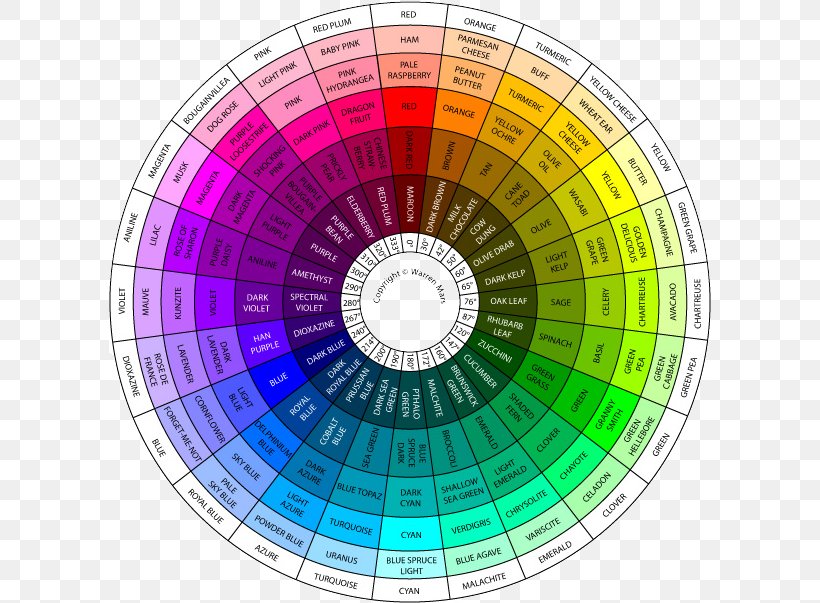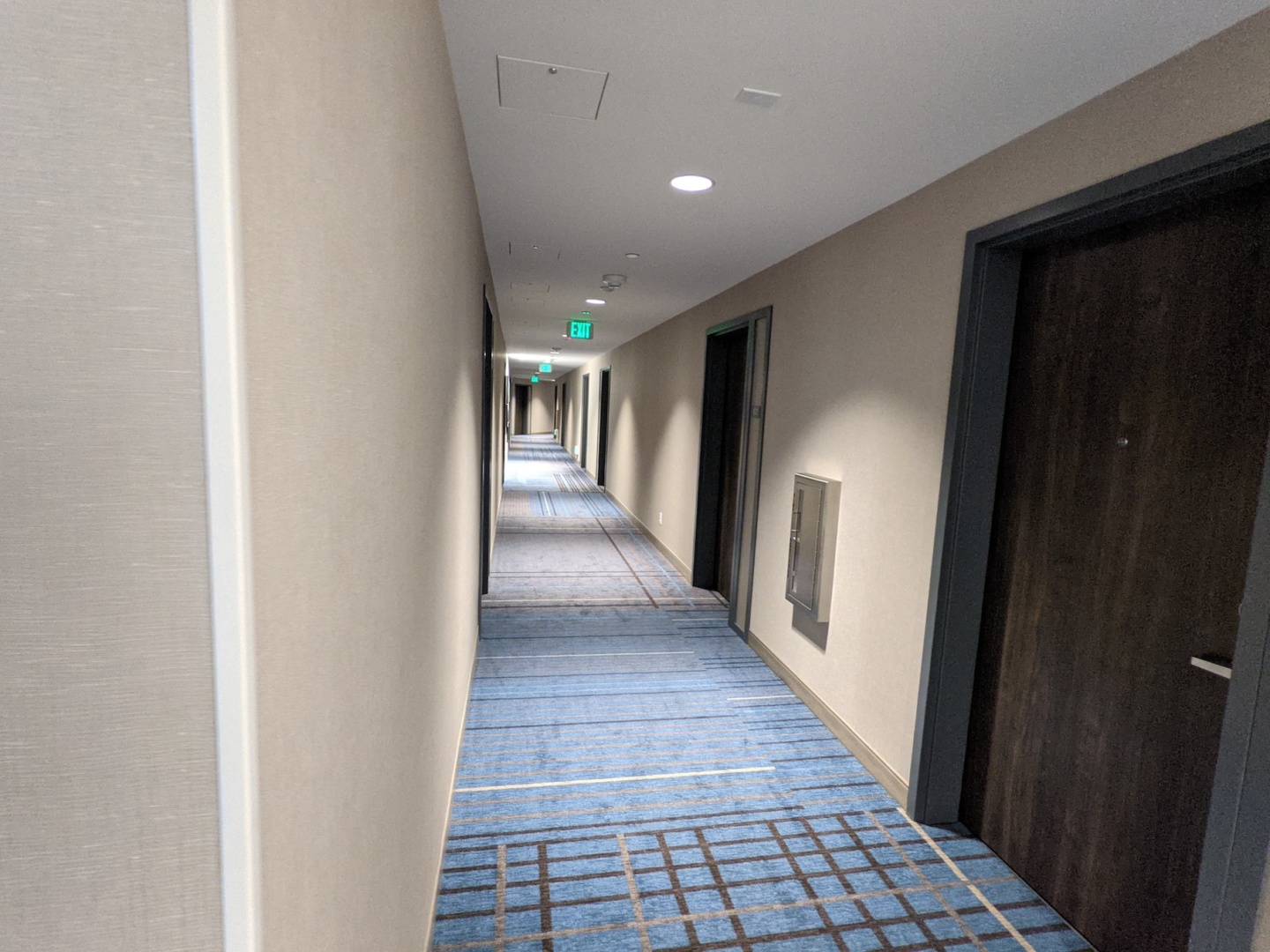Table Of Content
- Square Color Scheme
- Understanding Color Temperature (Undertones)
- How to use a color wheel for decorating and choosing colors for your home
- Choose the Individual Colors for Your Whole Home Color Palette
- Coolors.co
- Books for Using Color in Interior Design, Home Color Palettes, and Color Schemes in Interior Design
- Green, blue and white

'Color undoubtedly has the power to make our homes look more beautiful,' says Dulux Creative Director, Marianne Shillingford. 'But it also has the power to change the way we feel about them and behave in them. It can connect spaces together as much as the people in them and it can make us rest better, work better and just feel better'.

Square Color Scheme
You see, I’m afraid of committing to any one single color because I know myself well enough to know that I tire of color very quickly. And it can seem very jarring to me to have bursts of color around the room. Undoubtedly, you will have some things in your home that have to stay. Whether due to budget, time, or talent, you will need to take stock of these unchangeable elements in your home. Some of these things may be flooring, kitchen and bathroom cabinets, countertops, faucets, wall tiles, etc.
Understanding Color Temperature (Undertones)
Just one look at my everyday wardrobe and my favorite T-shirt that reads “black is my happy color” will tell you that. Here are a few common colors and their positive and negative emotions and connotations. Color psychology is the study of colors in relation to human behavior.
Joanna Gaines reveals her secret to choosing color schemes - Homes & Gardens
Joanna Gaines reveals her secret to choosing color schemes .
Posted: Sun, 06 Nov 2022 07:00:00 GMT [source]
How to use a color wheel for decorating and choosing colors for your home
Instead of matching colors in a way that puts similar shades alongside one another, a complementary color approach makes use of opposites to create a vibrant contrast (via Ballard Designs). ‘Using contrasting colours makes for an eye-catching room with maximum impact’, says interior designer Ann Marie. Try painting your walls in two different colours or opt for one colour on your wall and another for furniture.’ Be creative with living room paint ideas to add personality and character to your space. 'Examples of winning colour combinations include a deeper blue, with a blue-violet and a teal green. All on the cool side of the colour wheel, but create an opulent setting when grouped together. On the warmer side, think of peachy tones with sunny yellows and a touch of terracotta red.
Considered neutrals, they lack hues for this reason – achromatic means 'without colour'. By learning how to use the colour wheel, you will start to understand – and speak – the language of colour. This makes it much easier to describe what it is you’re really looking for. If you go into a DIY shop asking for blue paint, there's a good chance you'll come out feeling overwhelmed with choice (and swatches). But if you know beforehand that it’s a dark, saturated blue paint you’re after, the whole process will be a lot quicker, simpler, and more enjoyable, too.
How do we get more colors?
Tone is created by adding gray to a hue, which makes it less intense. Shade is created by adding black to a hue, which makes it darker. While applying the theory of what color schemes combine well is pretty fail safe, it's important to consider what use the space has.
This color scheme is perfect for those who want to create a vibrant and energetic look. For example, a triadic color scheme in red, yellow, and blue can include red walls, a yellow sofa, and blue accent pillows. An analogous color scheme is created by using colors that are adjacent to each other on the color wheel. This color scheme is perfect for those who want to create a cohesive and harmonious look.
Try one of these great color generators to make decorating the perfect room easier. While complementary colors are on opposite ends of the color wheel, analogous colors are found alongside one another. A true analogous color scheme creates harmony by mixing three adjacent hues – for example, the combination of red, orange, and red-orange.
If you plan on making interior changes that include repainting the walls, starting with a color picker from a paint manufacturer eliminates several steps, making your interior design process easier. This tool from Benjamin Moore is best if you're looking to paint walls and trim. To save time, you can also select one of their preselected color "collections" or "families."
It's perfect if you're hoping to flirt with gradients and color mixing. This site helps web designers but is also an excellent tool for home decorators. This fun gadget was created by Sherwin-Williams and will allow you to build a palette for any room. Upload any photo as inspiration, and the tool will create a custom color palette with coordinating Sherwin-Williams paint colors. You can create an account and save your palettes for future use.
These hues line up between the primaries on the color wheel because they are formed when equal parts of two primary colors are combined. In warmer climates, it is best to use cool colors like blue, white, green, and earth colors. Aside from the fact that they look cooler, they also reflect heat from light so the temperature in the rooms are also much better. Beach houses are warmer because of the light being reflected by the ocean. Although the breeze from the ocean appears to be cooler, in theory being near the ocean is warmer than being inland.
It consists of 12 colors, including three primary colors, three secondary colors, and six tertiary colors. The color wheel in interior design is a tool that can help you choose the perfect color scheme for your space, and it’s a must-have for any interior designer or DIY enthusiast. Real Homes notes that the focus on contrast that comes along with complementary colors produces a vibrant and dynamic space within your home. Approaching interior design with this color scheme in mind can act as a great means of infusing energy and liveliness into a room as a result. An analogous color palette is a lot like a monochrome coloration in that a simple color scheme forms the basis for the room's visual appeal.
Finally, to conclude we may say that, while colours may look like the simplest thing to see they are far more complex to understand. You can use monochromatic colors to add depth and definition to a room by using dark and light as the vehicles for contrast, rather than the temperatures of the color. Warm colors absorb heat generated by light, so it makes the environment cozy and intimate. Houses up in the mountains are often decked out in darker wood, rich reds and earthy browns. In 1666, Sir Isaac Newton conducted an experiment on a prism in which he discovered that pure white light contains more colors. Over the years, scientists and artists have made improvements to make the color wheel look like it does today.
Decorating with red is tricky but complementary hues of vibrant red and cool duck egg prove a surprisingly fresh mix, against which geometric pattern in crisp monochrome lends a modern edge. The look is softened by the curves of the dining table and chairs. There are 12 segments on the color wheel, each one representing a color. The wheel shows how colors relate to each other, whether they’re side by side or diametrically opposite. Amy Simonyan’s contemporary renditions of luxury and elegance create a unique and personalized style. Inspired by nature, architecture, and people, Amy designs for functionality, comfort, inspirational style, and luxurious appointment, a look she calls Liveable Luxury.
Cool-toned colors (gray, blue, silver, and most whites) can make a room feel grounded, calming, and clean. Using too many cool tones in one room can make a space feel cold and unwelcoming. Tint is created by adding white to a hue, which makes it lighter.













